Divya came to Ho Chi Minh City for 5 days with a schedule mainly to experience the cuisine . She is "crazy" about street food and if she eats unsafe food, she considers it "unlucky".
"Vietnamese street food is rich, I cannot refuse delicious dishes because of fear of food poisoning," shared Divya, a Malaysian tourist traveling to Ho Chi Minh City in early December.
Divya said that during her 5 days in Ho Chi Minh City, her and her friends mainly spent time exploring street food and checking in at cafes. The Malaysian female tourist ate sticky rice, pho, banh mi, and grilled food at popular restaurants or on the sidewalk. Divya commented that the street food in Ho Chi Minh City looked appealing, and many dishes served with fresh vegetables were delicious. At the shops she visited, the vendors wore masks and gloves when preparing the dishes.
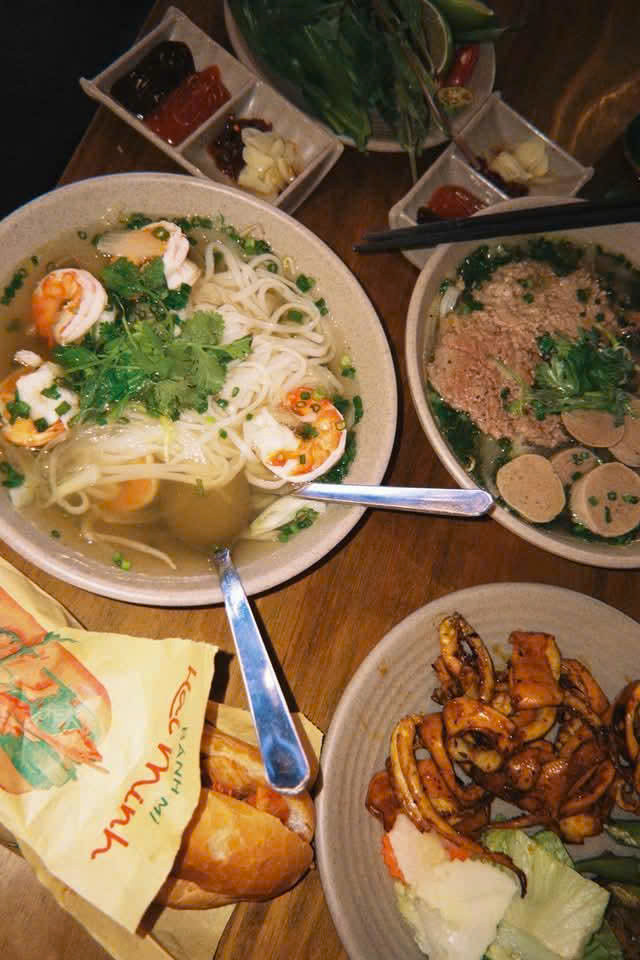
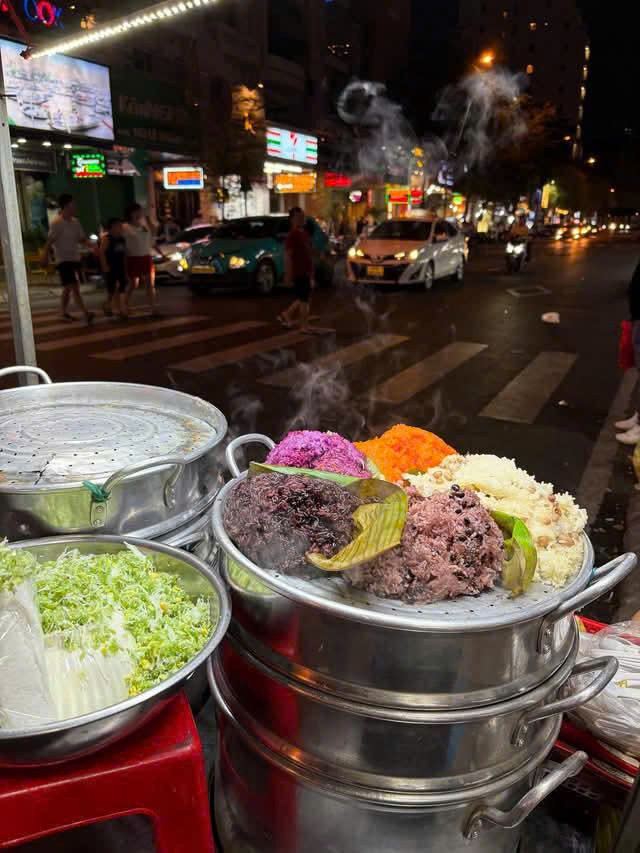
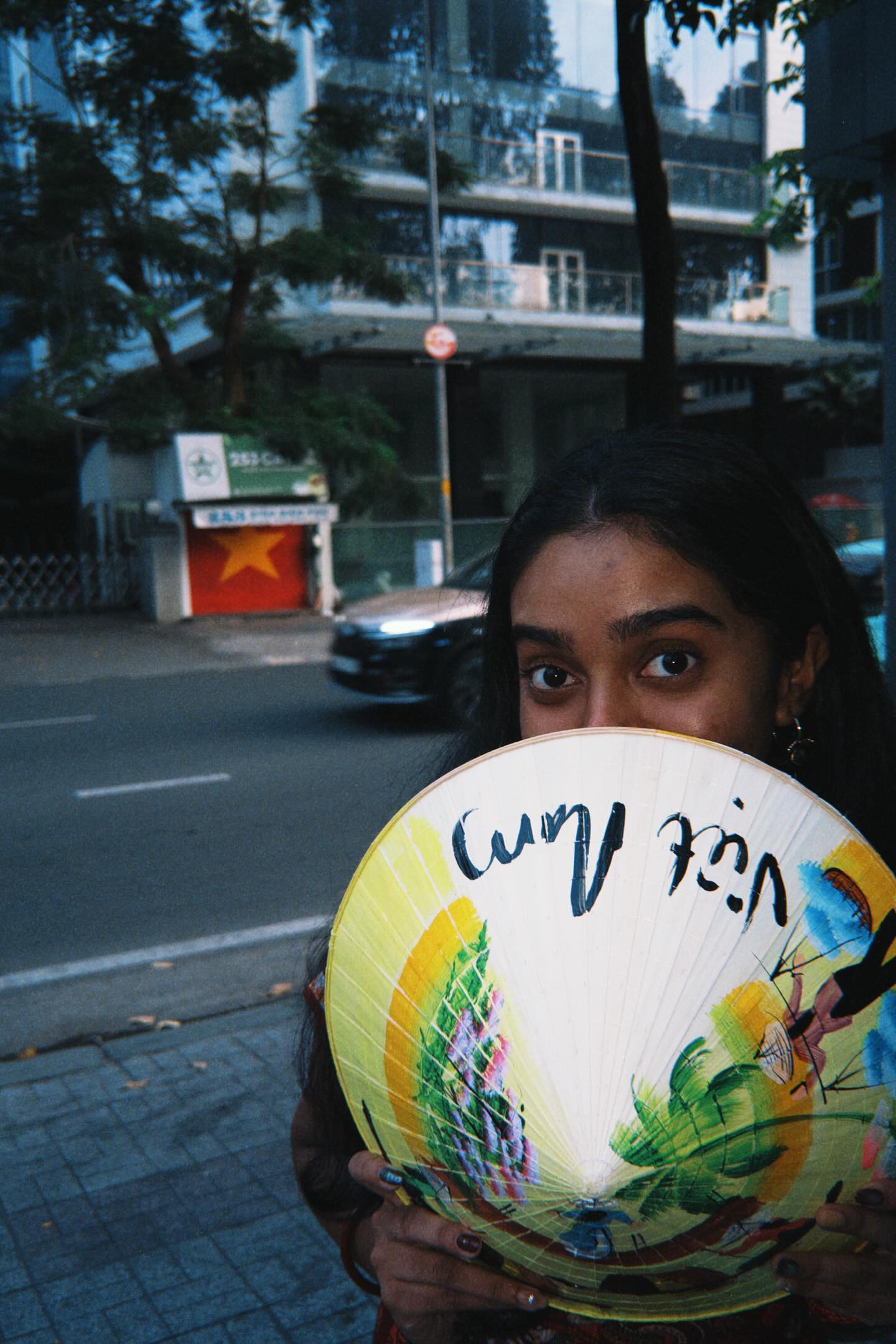
"From my perspective, I have not seen any unhygienic restaurants, and I cannot verify the origin of the ingredients," Divya said, adding that she enjoys street food with a relaxed attitude. If she unfortunately has digestive problems after eating, she considers it "bad luck" on the trip.
Divya believes that compared to some countries like India or Thailand, the quality of street food in Vietnam in terms of deliciousness and cleanliness is somewhat "better".
Thomas, an American tourist, said his trips to Vietnam were complete thanks to enjoying all the delicious and cheap street food. In October, he visited Ho Chi Minh City for a week, and every meal was a new dish.
"Food in Ho Chi Minh City or other tourist destinations across Vietnam is abundant. With 100,000 VND, you can eat a variety of dishes such as bread, pho, noodles, dumplings, pancakes, and banh can," said Thomas.
He said he had read about some incidents of food poisoning at tourist attractions in Vietnam but had never experienced any problems himself. Thomas was "not worried" if he experienced food poisoning or stomach aches.
"I often eat according to the instructions of my Vietnamese friends, so I can rest assured about the quality of the food," Thomas said.
Recently, some tourist destinations have recorded cases of food poisoning among tourists. In September, 150 people, including 33 foreigners, were poisoned after eating bread at the famous Phuong bread shop in Hoi An ancient town. The food suspected of being contaminated was pate bread, pork meatballs including meat and water, meatballs, Vietnamese coriander, basil, onions, lettuce, fresh egg sauce, cucumber, and sour papaya.
At the end of November, Vung Tau recorded 342 cases of food poisoning after eating bread at Co Ba shop. The shop owner was fined 125 million VND and had to stop operating for 5 months.
Culinary expert Tran Le Thanh Thien said that in hot weather conditions at some tourist destinations, street food and street vendors face more safety risks because they are often sold at room temperature for many hours, causing bacteria to grow. Not to mention, food may not be covered properly and will be covered with street dust.
According to Mr. Thien, street stalls appearing at tourist destinations are often designed to be small and compact for quick movement. Therefore, electricity, water and sanitation are limited. Competent authorities need to establish streets focusing on street food to better manage the origin of raw materials, food processing and preservation. Vendors will be trained and raised awareness about ensuring food safety.
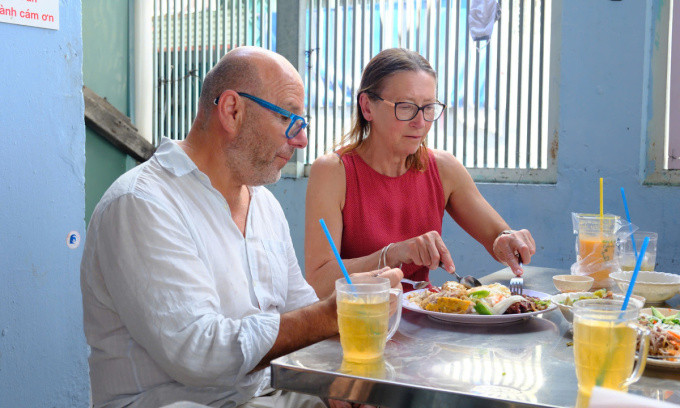
Master Mai Thuan Loi, Center for Sustainable Tourism Research and Development, University of Social Sciences and Humanities, Ho Chi Minh City, said that exploiting and developing the potential of street food is one of the ways to retain tourists longer, while at the same time, promoting increased spending by visitors during their stay in the city.
Food safety issues must be ensured so that visitors can feel secure when experiencing cuisine. Provinces and cities need to focus on professional training for tour guides and tour guides who are knowledgeable about culinary culture and street food to bring many valuable experiences to visitors.
The World Food Tourism Association (WFTA) estimates that international tourists often spend 25% of their budget on food expenses during their travel, much more than on accommodation and shopping expenses.
Also according to WFTA, 81% of international tourists want to learn about local culinary values when arriving at a new destination, because they believe that exploring local cuisine is the best way to understand the local culture.
A representative of the Ho Chi Minh City Department of Tourism said that cuisine is identified as one of the seven pillars of tourism development in the city. In order to ensure the safety of tourists, the Department has coordinated with a number of units to update food safety and hygiene procedures for accommodation establishments, tourist areas and food service establishments that meet standards to serve customers.
Cases of failure to notify when detecting food-related incidents; failure to fully implement preventive measures; concealment, distortion, or removal of the scene, or obstruction of detection and remediation will all be strictly handled, according to the Department.
A company that specializes in providing street food tours in Ho Chi Minh City said that their customers are mostly foreigners who want to explore local culture through cuisine. These ordinary tourists do not like to visit high-end restaurants with "industrial" service standards. Street food stalls give them a closer, more realistic feeling about local life. To operate food tours, the company must select restaurants, have a commitment to quality, and require food samples to be stored to ensure the safety of tourists.
"Street food stalls are often labeled as unclean, but not all stalls serve poor quality food," said a company representative, emphasizing that street food in Vietnam is increasingly gaining ground as many eateries are listed on Michelin's lists.
Source






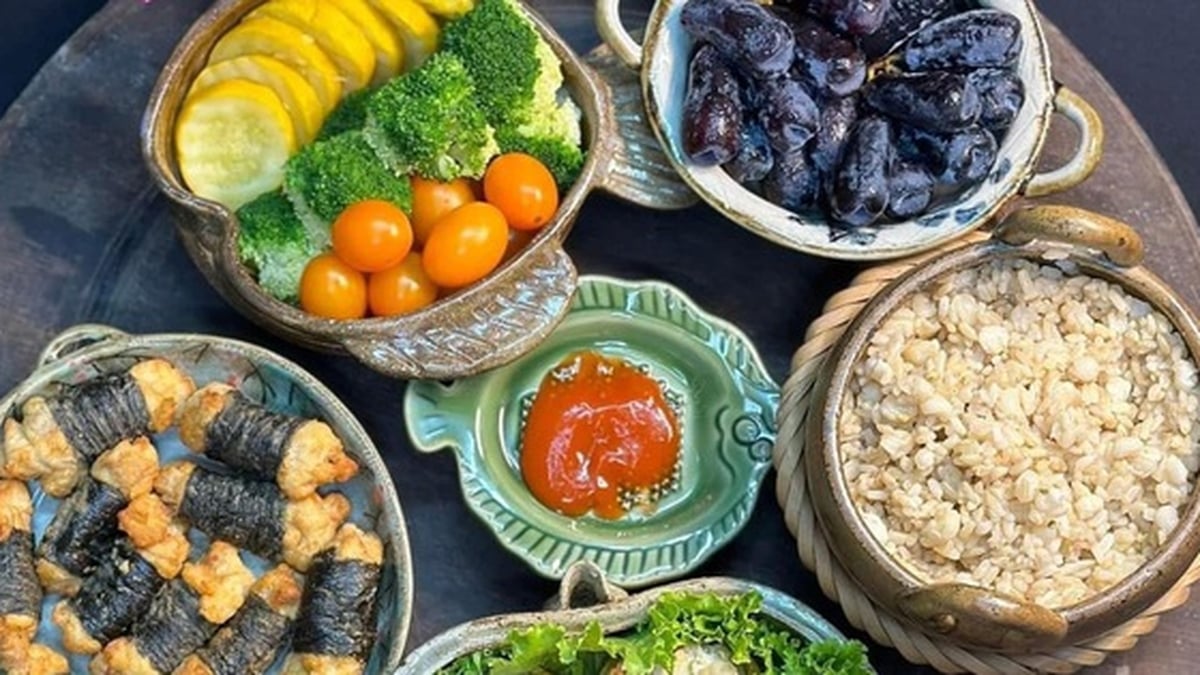



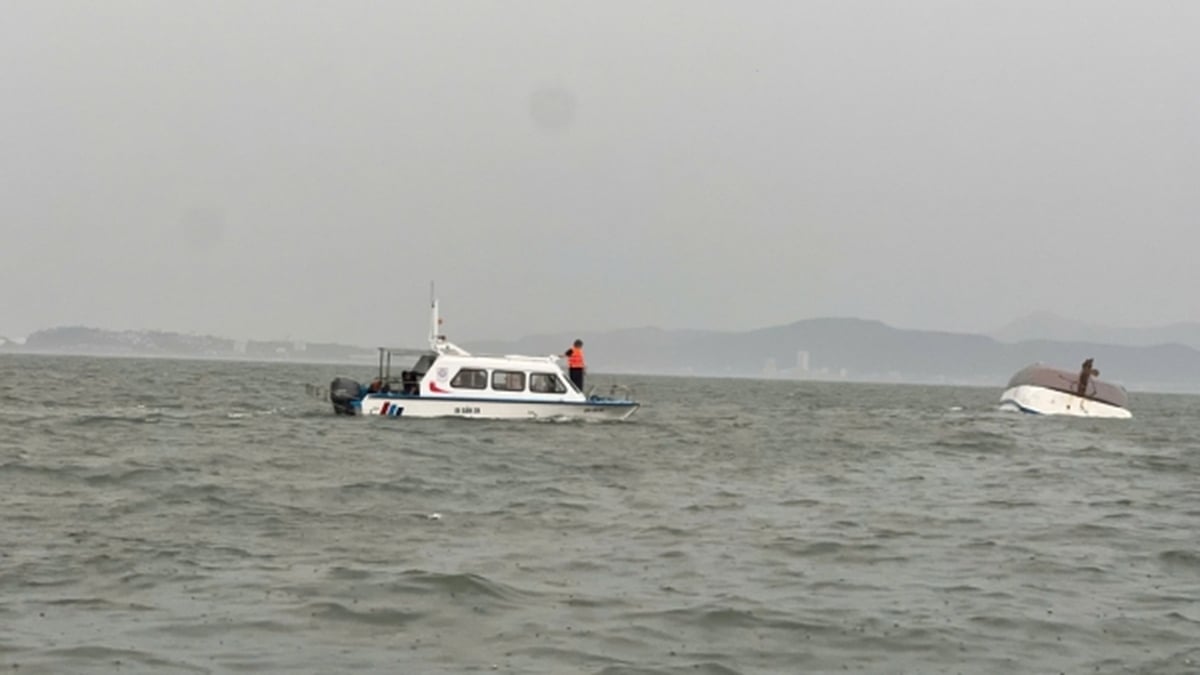
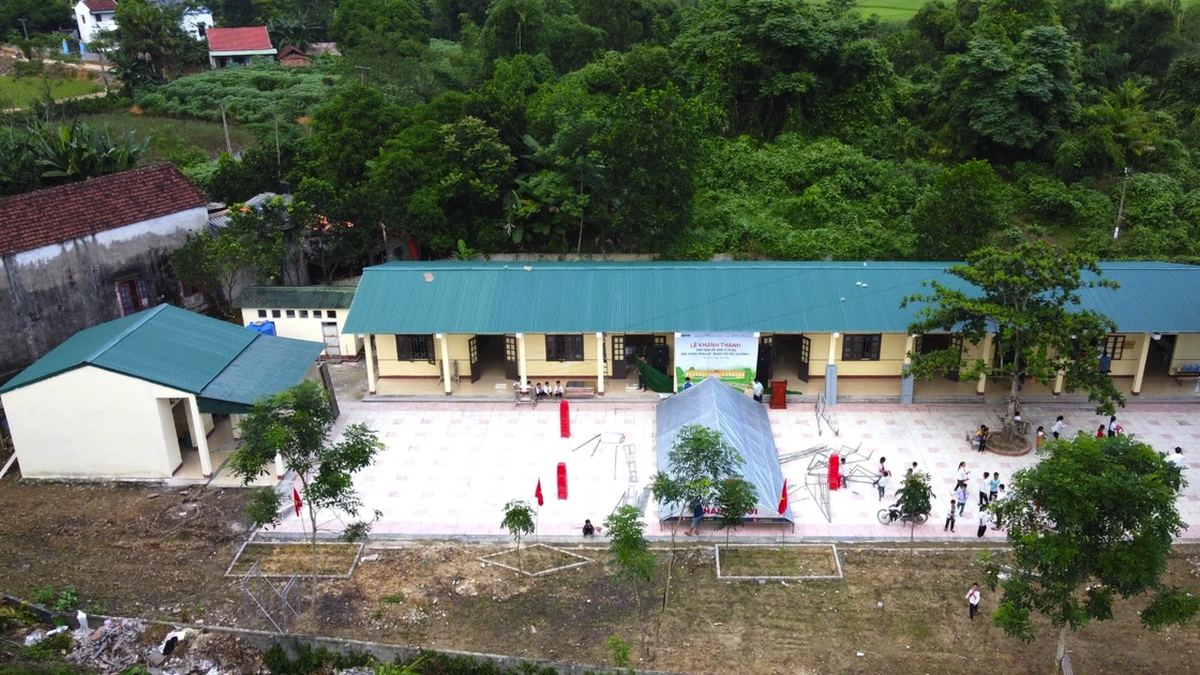





















































































Comment (0)